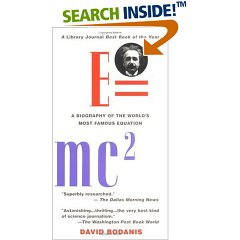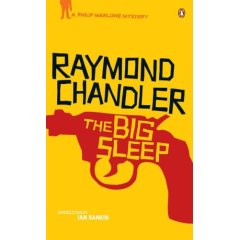 As a reader and a librarian, it would be good of me to adhere to the old maxim of not judging a book by its cover, and focus instead on the quality of the text inside. But reality usually has a way of eschewing such sampler-type wisdom, and no where is that more true in the bottom-line driven world of book design. Happily, in the right hands, a book can become its own work of art while staying faithful to ideas between its covers, and Chip Kidd: Book One: Work: 1986-2006 is a fabulous collection of just how beautiful a book as an object can be, from one of today's best designers.
As a reader and a librarian, it would be good of me to adhere to the old maxim of not judging a book by its cover, and focus instead on the quality of the text inside. But reality usually has a way of eschewing such sampler-type wisdom, and no where is that more true in the bottom-line driven world of book design. Happily, in the right hands, a book can become its own work of art while staying faithful to ideas between its covers, and Chip Kidd: Book One: Work: 1986-2006 is a fabulous collection of just how beautiful a book as an object can be, from one of today's best designers.In all honesty, I had no idea who this Kidd guy was prior to reading another glowing review of this book, and was only intrigued because of the promise of book cover art. When I picked it up at the local library, and started paging through its 400 pages of artwork, I had to laugh to myself, because it quickly appeared that this designer was responsible for some of the most appealing, memorable covers in recent publishing history. At times iconic, humourous, literal, controversial, intense, and exuberant, Kidd's work, to paraphrase the words of one author, uses a few symbols or images to capture the essense of complex literature.
Aside from the beautifully recreated cover art, Kidd provides humourous, insightful notes about each cover design, along with examples of source material and covers that never made it to the bookshelf. Various authors weigh in on what they liked (or didn't like) about the images for their books. Book One also offers a look into the usually tumultuous world of book publishing, especially at Knopf, where Kidd began his career twenty years ago. While hefty, Book One is entirely engrossing, and I had trouble putting it down. In the hands of anyone with an interest in publishing, design, art or books, Kidd's album is likely to have the same effect.











.jpg)